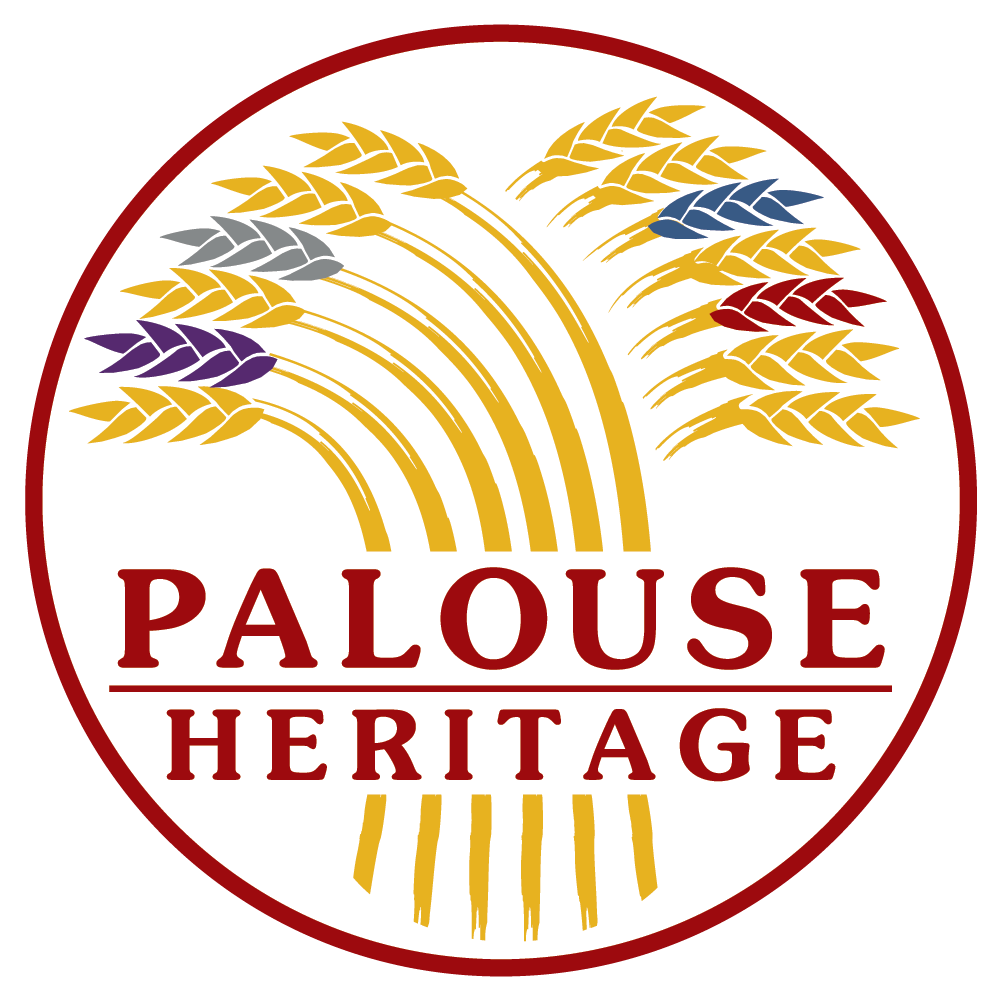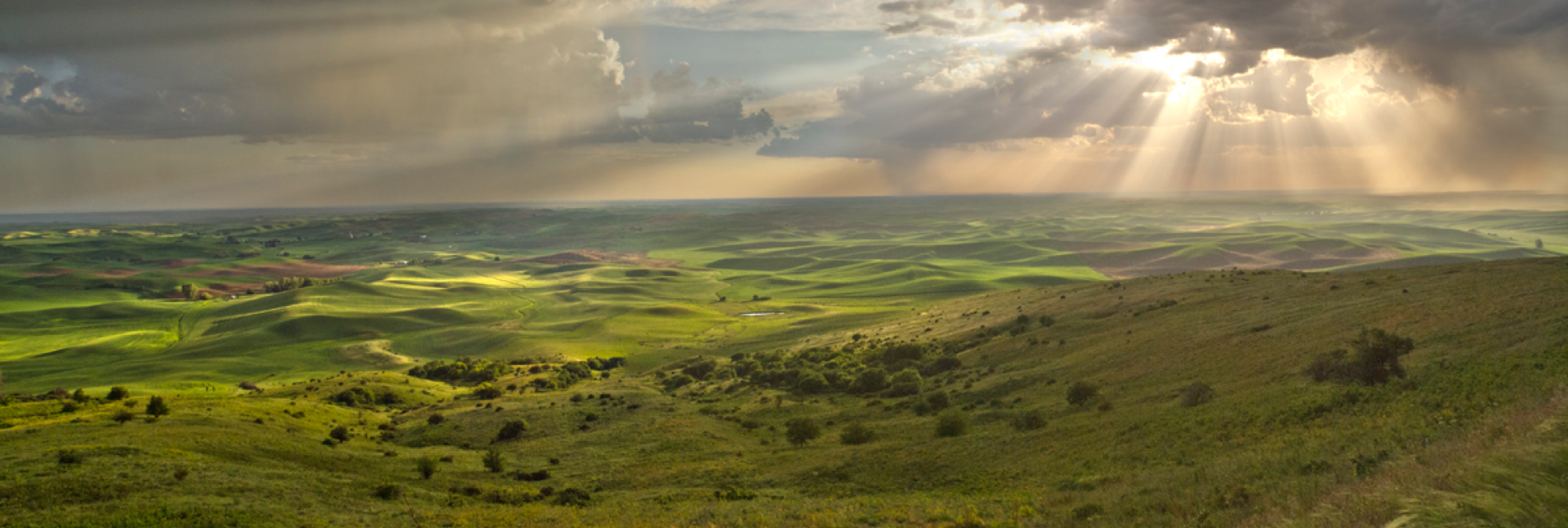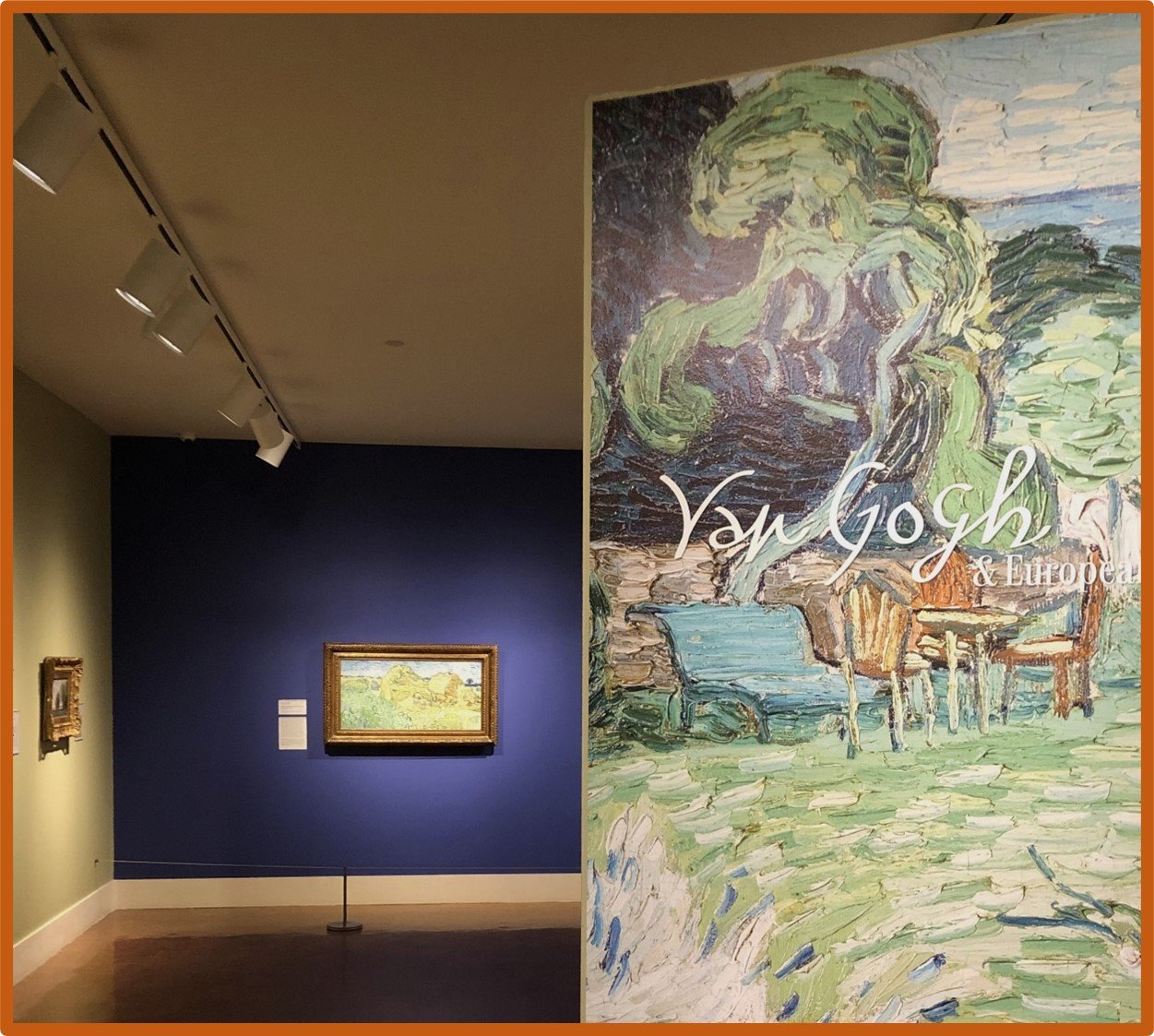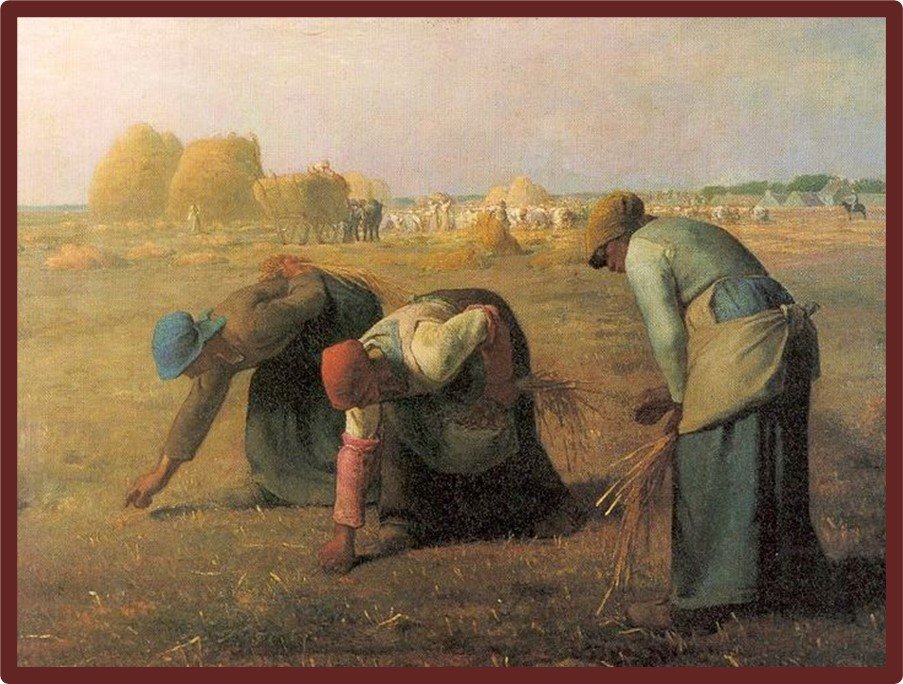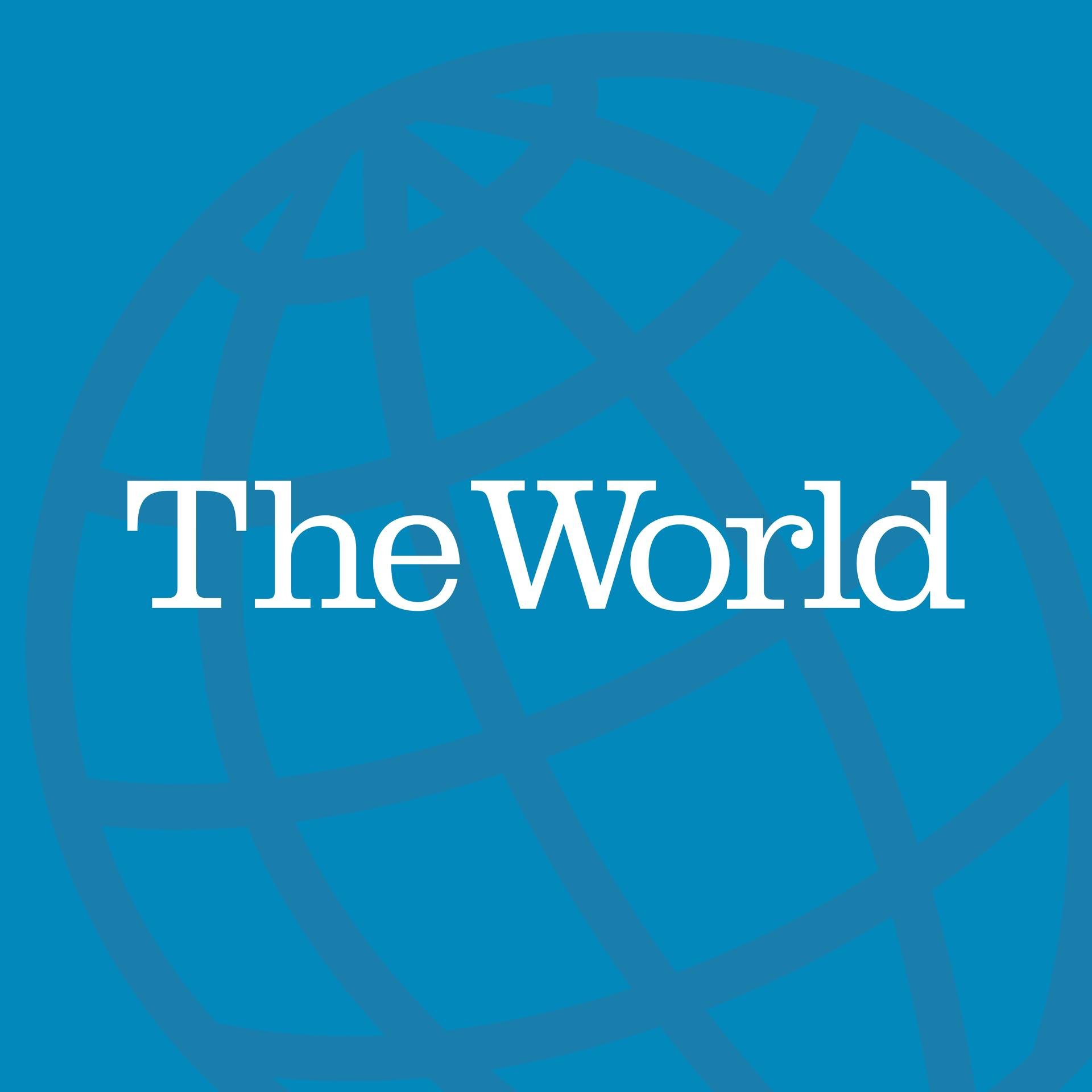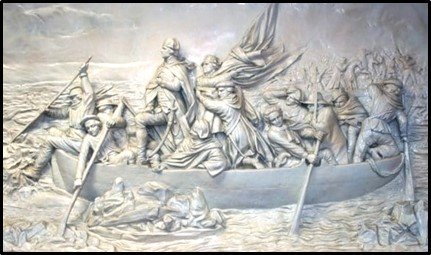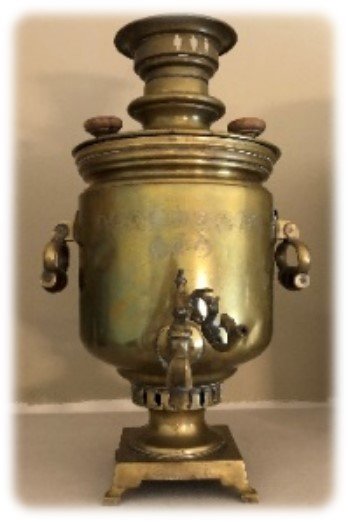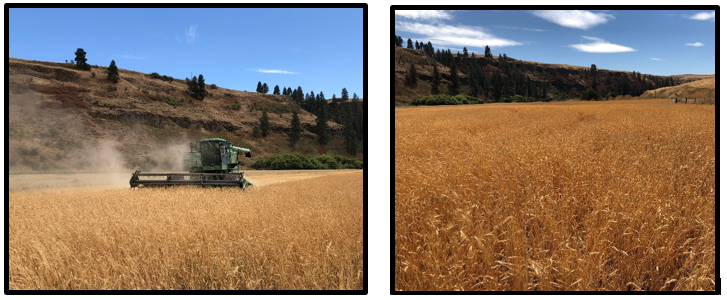Living History “Open-Air Museum” Farms and Self-Discovery: The European Background
Making Lefse the Old-Fashioned Way
Norsk Folkemuseum, Oslo
Inspired by the architectural restoration at Bygdøy and Kristiana art scene, Swedish folklorist and museum administer Artur Hazelius (1833-1901), a native of Dalecarlia in the west-central Swedish heartland, established Skansen, the first country’s outdoor museum in Stockholm in 1891. Hazelius further envisioned centers of cultural vibrancy where artisans and workers in period costume would inhabit the historic structures and demonstrate traditional skills. He had received acclaim throughout Europe for his dioramas on Scandinavian folk art and vernacular life at the Paris Universal Exposition in 1878. The popularity of these approaches at Skansen and places that followed in Denmark, France, and across the continent reflects the widespread concern regarding threats to agrarian culture and its association with a new national consciousness. After Scottish ethnographer Isabel Grant (1887-1983) toured historical parks in Sweden and Norway in the 1920s, she established the first open-air museum in Great Britain—Scotland’s Highland Folk Museum in 1935 on the Isle of Iona, which was relocated four years later to Laggan, Badenoch in the central Highlands.
Brinton wrote enthusiastically about the remarkable ethnographic contributions of Hazelius and others who had founded Skansen and Bygdøy, and told American audiences how the Europeans had “transported bodily” medieval structures from remote countryside locations to similar public settings. “Rooms were re-erected and furnished precisely as they were in bygone days,” he marveled, “and the incidental decorative and domestic arts, such as wood-carving, iron work, pottery, and weaving, found place in the broad scheme. The color notes of which were contributed by the bright red, clear green, dauntless yellow, or discreet white and black of native dress.” Brinton noted the cultural value in handicrafts and rural custom and judged open air museums to be a “great movement toward self-discovery” that involved fine art. The efforts of Brinton and others on both sides of the Atlantic also revived traditional festivals and folk music and led to the organization of cultural-historical societies and professional study.
Hallingdal “Harvest House” Threshing Barn (c. 1800)
Norsk Folkemuseum, Oslo
In the spirit of this unusually creative epoch, rural landscapist and architect Gustaf Ankarcrona (1869-1933) established a home and ensemble of restored farm buildings between 1980 and 1911 in Tällberg, a lakeside farming village in Dalecarlia. The area became a vibrant summer enclave for prominent Swedish artists, writers, and musicians. Anders Zorn undertook a similar project from 1914 until his death in 1920 by moving forty historic structures to his hometown of Mora north of Stockholm. The complex later formed the nucleus of the community’s Gammelgarden (“Old Farm”) Heritage Museum. Its fourteenth-century threshing barn is the oldest structure of its kind in the country and one of Europe’s oldest wooden buildings.
A dozen miles southwest of Kristiana in the rural community of Bærum, artist Erik Werenskiold (1855-1938) established the Fleskum Farm art colony after he and his wife, Maggie, acquired the property in 1885. Although only active in the late 1880s, Fleskum became an influential center for artists like Werenskiold, Harriet Backer (1845-1932), and Frits Thaulow (1847-1906) who had all studied in Germany and in France. Exposure to German Realism and the Barbizon experience influenced their return home to paint en plein air Scandinavian landscapes and scenes of peasant life. They introduced Norwegian art to a fresh naturalism and atmospheric “mood painting” that ventured beyond objective reality by imparting artists’ personal feelings. Notable Fleskum works include Backer’s Farm Interior, Skotta in Bærum (1887) and Thaulow’s harvest scene, The Field at Froen (c. 1889).
Swedish Symbolist poet Erik Axel Karlfeldt (1864-1931), raised on a small Dalecarlian farm near the village of Karlbo (origin of his self-designated surname), served as librarian at the Academy of Agriculture from 1903-1912 and published six volumes of poetry between 1895 and 1927. His lyrical verse relates the ancient harmony of peasant life with the earth and rhythm of the seasons. Often speaking through his country gentleman alter-ego Fridolin, Karlfelt’s poems range from exhilarating to somber and flavored with numerous idiomatic allusions that challenge translation about harvest, planting, and other field labors.
…Fridolin dances free, — / Your son, and a brave lad he;
He can talk in the peasant style with a churl, / And in Latin to men of degree.
His scythe goes sharp through the harvest’s gold, / He is proud of the store that his granaries hold,
Toward the moon’s red saucepan he tosses his girl / Like a man of your stalwart mould.
As intermediary between Karlfeldt’s formal “Latin” schooling and threatened “peasant style” talk, Fridolin combines botanical science and religious stories with farmstead lore and echoes from Scandinavia’s pagan past. Karlfeldt’s Fridolin’s visor (Fridolin’s Songs, 1898) expresses hope for cultural understandings informed by the rich legacy of rural wisdom in the wake of unprecedented modernization and depopulation of the countryside. In the collection’s “Song After Harvest,” Fridolin’s “murmuring” is “filled with memory. “Song of Parting” invokes the image of a grain sieve to symbolize the prospect of an approaching storm’s separation of family from surroundings as if the approaching new century threatened a cherished old order.
Karlfeldt continued these musings in Fridolins lustgård (Fridolin’s Garden, 1901) with lines that soar with hope and sometimes fall to despair in the same poem. Finally, “In Fridolin’s Footsteps,” a selection from Flora och Bellona (1918), Karlfeldt laments his longtime imaginary companion’s “ravaged garden” and “forgotten song.” Fridolin speaks no more. The “mourning music” and “ghost of joy” presage Karlfeldt’s personal struggles over family relationships and war on the continent. For his remarkable corpus of poetry and prose, Karlfeldt was posthumously awarded the Nobel Prize for Literature in 1935.
Swallowtail Butterfly on Thistle
National Colonial Farm; Accokeek, Maryland
